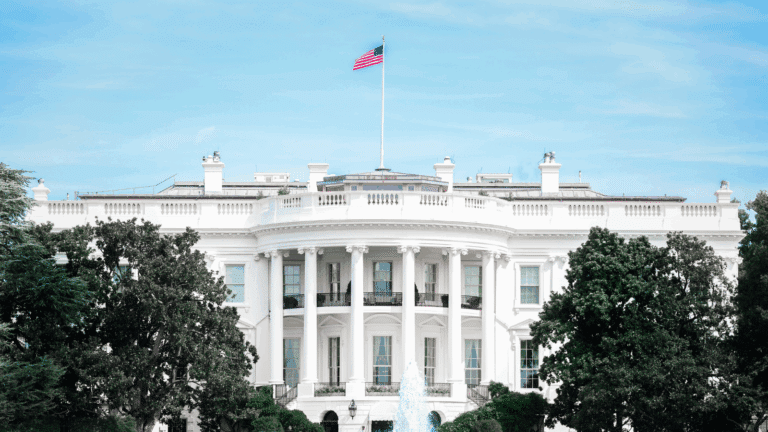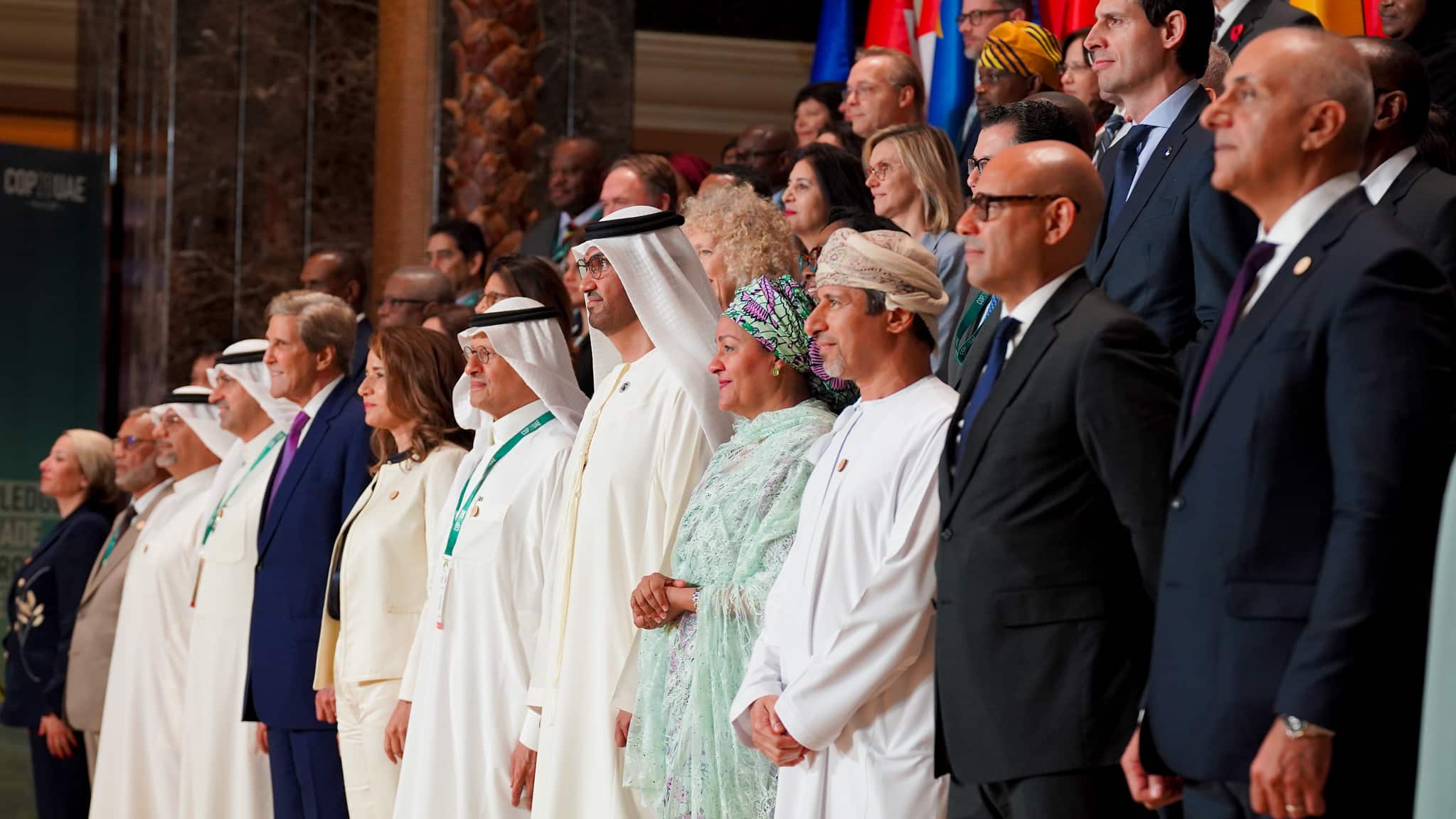This website uses cookies as well as similar tools and technologies to understand visitors’ experiences. By continuing to use this website, you consent to Columbia University’s usage of cookies and similar technologies, in accordance with the Columbia University Website Cookie Notice.
Energy Explained
Insights from the Center on Global Energy Policy
This Energy Explained post represents the research and views of the author. It does not necessarily represent the views of the Center on Global Energy Policy. The piece may be subject to further revision. Contributions to SIPA for the benefit of CGEP are general use gifts, which gives the Center discretion in how it allocates these funds. Rare cases of sponsored projects are clearly indicated.
For a full list of financial supporters of the Center on Global Energy Policy at Columbia University SIPA, please visit our website at Our Partners. See below a list of members that are currently in CGEP’s Visionary Circle. This list is updated periodically.
In just a few days, world leaders will convene in Dubai, United Arab Emirates, for the biggest climate summit of the year, COP28. There, they will face the urgent task of building consensus on how to address the unfolding climate crisis.
This year’s summit will occur at the end of a banner year for clean energy. According to the watchdog organization the International Energy Agency (IEA), the world is on track to install 500 gigawatts[1] of renewable energy this year and invest more than $1.7 trillion in all forms of clean energy,[2] shattering the previous record on both metrics.
But 2023 will break other, less auspicious records. Oil[3] and natural gas[4] consumption will both reach new heights this year, and there is every chance that greenhouse gas emissions will, too.[5] That’s because, even as major economies move their energy supply to cleaner sources, growing economies and better standards of living across much of the developing world and emerging markets are driving up energy demand faster than the world can transition its energy supply. All of this makes the prospects for keeping global temperature rise below 1.5˚C challenging at best.
This year’s summit will also occur against the backdrop of an increasingly fractious geopolitical environment. Escalating great power rivalries, trade tensions, mistrust between high- and low-income countries, and the horrific violence continuing to unfold in Ukraine, Israel, and Gaza will make finding unity on any topic—let alone climate change—even more difficult.
As COP28 approaches, here are six things I’ll be watching for:
Global Stocktake: One of the biggest concrete deliverables featured at this year’s COP will be the first ever Global Stocktake, in which countries will collectively assess the world’s progress toward mitigating greenhouse gas emissions. General anticipation of the stocktake is that it will yield few surprises, and rather will confirm that the world remains far off track from achieving the climate goals outlined in the Paris Agreement. COP28 will test the world’s capacity to provide a course correction to this trajectory. Countries may double down on the Paris Agreement, intensify negotiating efforts, and reach more ambitious deals under the current framework—or countries may lose confidence over time and turn to other tools and forums to produce progress.
Loss and damage: COP27 broke new ground by announcing a “loss and damage” fund to reimburse low-income countries for the damages inflicted by climate change, but the agreement left key details unresolved.[6] Discussions in Abu Dhabi earlier this month yielded a basic architecture for the fund, but negotiators at COP28 will need to formally adopt this structure—and agree on its funding level.[7] Growing animosity and immovable redlines on this particular topic could break the summit and dash the hopes for finding any common ground on climate ambition.
Gulf States and the energy transition: The plan to hold COP28 in a major oil-exporting country—and to make its president the CEO of its national oil company—raised eyebrows when it was announced last year. The UAE maintains that its plans to expand oil production for the next five years are consistent with its pledge to hit net-zero emissions by 2050.[8] Such plans are at odds with the IEA’s finding that fossil fuel use must decline precipitously if the world is to meet its climate goals.[9] This year’s summit will put such investment strategies—and the tensions between rapid decarbonization and meeting today’s energy needs affordably—to the test. Additionally, the US and other G7 countries, which are on the hook to deliver more climate financing, may look to wealthy Gulf countries and others with large state-owned enterprises and sovereign wealth funds to complement G7 efforts to mobilize capital for clean energy in emerging and developing economies.
Role of oil and gas: It won’t just be Arab producers in the spotlight. Oil and gas companies from around the world will be represented at COP28, making the case that they can play a major role in the clean energy transition. Expect thorny discussions about the viability of key climate technologies like carbon capture, utilization, and storage (CCUS); hydrogen; and nature-based solutions. As I wrote in the New York Times, the evidence so far suggests that most oil and gas companies are not acting as if the world will meet its climate goals.[10] In Dubai, there will also be greater focus on national oil companies, which is welcome given that they represent more than half the world’s oil production, and COP28 President-Designate Sultan Al Jaber will be tasked with shepherding these companies to a major climate commitment.
Finance: The COP28 president’s agenda called on all countries to commit to tripling global renewable energy capacity by 2030. Reaching this ambitious target will require a surge of financing for such projects, particularly in emerging and developing economies, where the demand for electricity is growing the fastest. With past strategies having largely failed to mobilize capital on the scale needed, there is pressure on the negotiators at COP to bring new options to the table this year. Some ideas include multilateral bank reform, new risk-sharing strategies, and dedicated climate funds.[11] Developing and developed countries will continue to tussle over flows of climate finance and management of funds.
Trade: With competition over clean energy supply chains heating up, governments around the world are increasingly reaching for policies that carry protectionist risks, such as domestic content requirements and carbon border adjustments[12]. This has caused more trade tensions and threatens to fracture the global market at a time when low-cost and easily accessible clean energy is vital for meeting climate targets. At COP28, world leaders will need to find a way to harness and steer this competitiveness into friendly competition to drive the energy transition. Given the lack of capital for emerging and developing economies, the risk that wealthier countries impose new tariffs on exports from lower-income countries based on the carbon intensity of those products could further exacerbate the backlash from those countries. Even so, this COP may be notable for how little it engages with these trade issues relative to their increasing importance to climate progress. While the UAE will host the first-ever Trade Day at a COP and the World Trade Organization will be in attendance, the increasing intersection of climate and trade may feature little in formal negotiations and elsewhere on the official agenda.
The world is reminding us each and every day of the urgency of addressing the climate crisis. When world leaders meet in Dubai this month, they will have a chance to build global alignment on this goal. But they’ll also have to navigate a number of challenging issues to do so.
CGEP scholars will be on the ground in Dubai to bring the Center’s unrivaled expertise in energy, economics, climate, and geopolitics to the critical conversations taking place at COP28. Dr. Melissa Lott, David Sandalow, Andrew Kamau, Sagatom Saha, Dr. Gautam Jain, Robin Mills, Dr. Karen Young, Dr. Chris Bataille, Dr. Kaushik Deb, Dr. Destenie Nock, and I will all be at the conference at various points to help decision makers and global leaders navigate the complex process ahead. We will be using our expert analysis and convening power to drive breakthrough solutions on these issues and the most important energy and climate challenges being addressed this year at COP28.
CGEP’s Visionary Circle
Corporate Partnerships
Occidental Petroleum Corporation
Tellurian Inc
Foundations and Individual Donors
Anonymous
Anonymous
the bedari collective
Jay Bernstein
Breakthrough Energy LLC
Children’s Investment Fund Foundation (CIFF)
Arjun Murti
Ray Rothrock
Kimberly and Scott Sheffield
Notes
[1] International Energy Agency, “World Energy Outlook,” October 2023, https://www.iea.org/reports/world-energy-outlook-2023.
[2] International Energy Agency, “World Energy Investment 2023,” May 2023, https://www.iea.org/reports/world-energy-investment-2023/overview-and-key-findings.
[3] International Energy Agency, “Oil Market Report – November 2023,” November 2023, https://www.iea.org/reports/oil-market-report-november-2023.
[4] International Energy Agency, “Medium-Term Gas Market Report 2023,” October 2023, https://www.iea.org/reports/medium-term-gas-report-2023.
[5] S&P Global, “Global CO2 Emissions Estimated to Rise to Record Highs in 2023,” October 19, 2023, https://www.spglobal.com/commodityinsights/en/market-insights/latest-news/energy-transition/101923-global-co2-emissions-estimated-to-rise-to-record-highs-in-2023#:~:text=Global%20carbon%20dioxide%20emissions%20are,19.
[6] Anna Åberg, “The Historic Loss and Damage Fund,” Chatham House, February 1, 2023, https://www.chathamhouse.org/2023/02/historic-loss-and-damage-fund.
[7] Valerie Volcovici and Kate Abnett, “Impasse Broken on Climate Fund before COP28 but Tough Road Ahead,” Reuters, November 6, 2023, https://www.reuters.com/sustainability/sustainable-finance-reporting/impasse-broken-climate-fund-before-cop28-tough-road-ahead-2023-11-06/.
[8] Kate Abnett, “UAE Says It’s Committed to Meet CO2 Emissions Targets after Ariticism,” Reuters, July 24, 2023, https://www.reuters.com/world/middle-east/uae-says-committed-meet-co2-emissions-targets-after-criticism-2023-07-24/.
[9] International Energy Agency, “Net Zero Roadmap: A Global Pathway to Keep the 1.5°C Goal in Reach,” September 2023, https://www.iea.org/reports/net-zero-roadmap-a-global-pathway-to-keep-the-15-0c-goal-in-reach.
[10] Jason Bordoff, “Behind All the Talk, This Is What Big Oil Is Actually Doing,” New York Times, August 7, 2023, https://www.nytimes.com/2023/08/07/opinion/oil-fossil-fuels-clean-energy.html.
[11] Gautam Jain and Jonathan Elkind, “Climate Finance to Be Front and Center at COP28,” Energy Explained, November 14, 2023, https://www.energypolicy.columbia.edu/climate-finance-to-be-front-and-center-at-cop28/.
[12] Sagatom Saha and Daniel Propp, “Cooperation or Competition?: Climate and Trade at COP28,” Energy Explained, November 15, 2023, https://www.energypolicy.columbia.edu/cooperation-or-competition-climate-and-trade-at-cop28/.
More on Energy Explained Energy Explained
The Social Cost of Carbon Is Gone — and That May Be Good News for Future US Climate Policy
President Trump has ended the federal government’s use of the "social cost of carbon" (SCC), an official estimate of the harms caused by carbon dioxide emissions.

Assessing the Energy Impacts of the One Big Beautiful Bill Act
This special CGEP blog series, featuring six contributions from CGEP scholars, analyzes the potential impacts of the OBBBA across a range of sectors.

Q&A: An Energy Take on the Current State of the Iran-Israel-US Conflict
The conflict between Iran, Israel, and now the United States has yet to disrupt energy supplies to global markets.
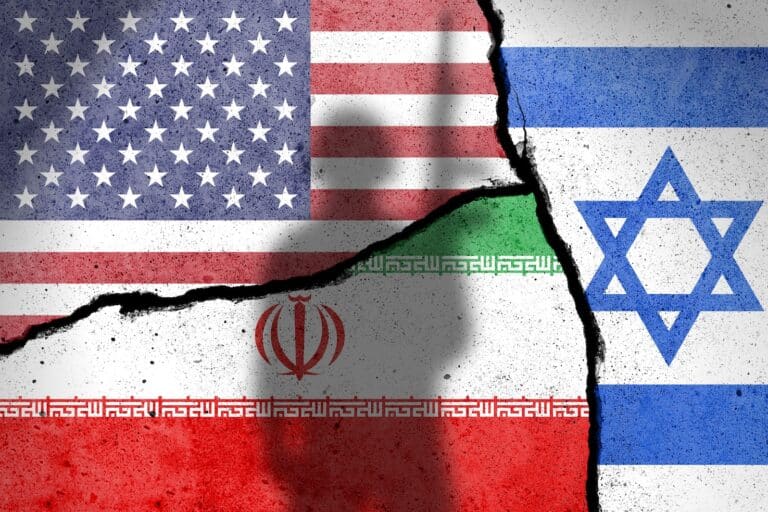
Trump’s Seismic, Irrevocable Middle East AI Shift
The commercial deals Trump struck on artificial intelligence cooperation will likely shift the global balance of power for one of this century's most critical technologies.

Relevant
Publications
Trump’s One Big Beautiful Bill Act Has Given the US Hydrogen Industry Certainty — but Where Will the Green Energy Come From?
H2 projects will have to compete for a shrinking pipeline of zero-carbon electricity with energy-intensive data centres.
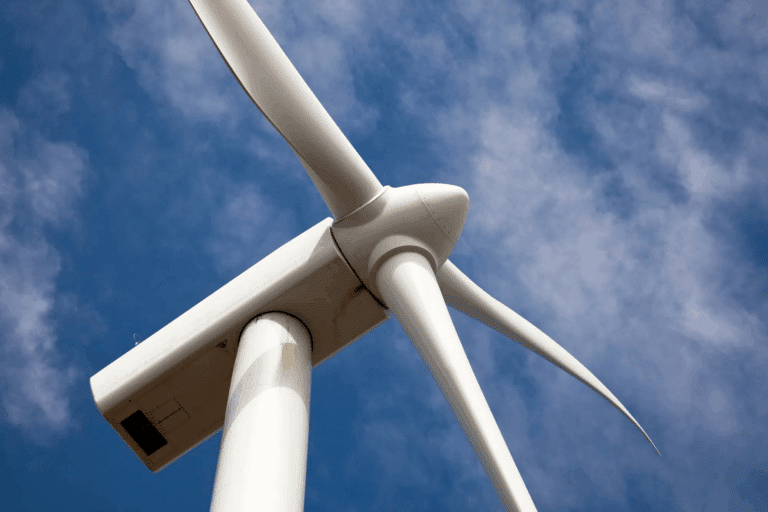
The United States Needs a Nuclear Operation Warp Speed
A nuclear energy resurgence is vital to meet rising electricity demand.
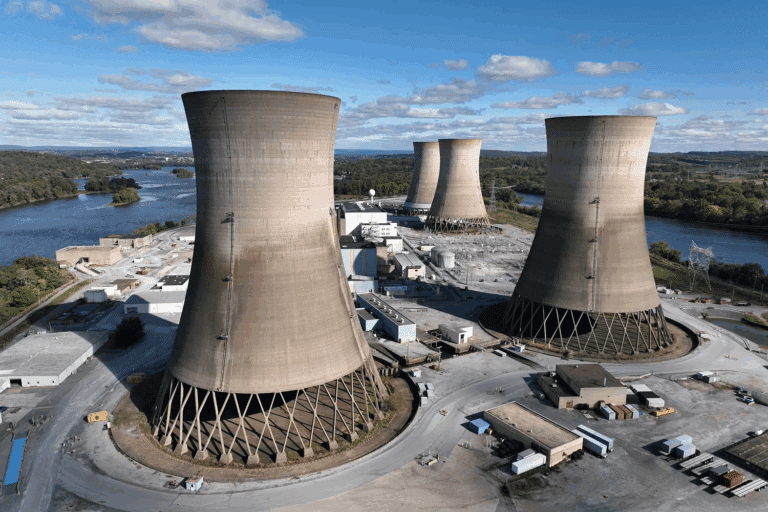
Columbia India Energy Dialogue: Event Summary


